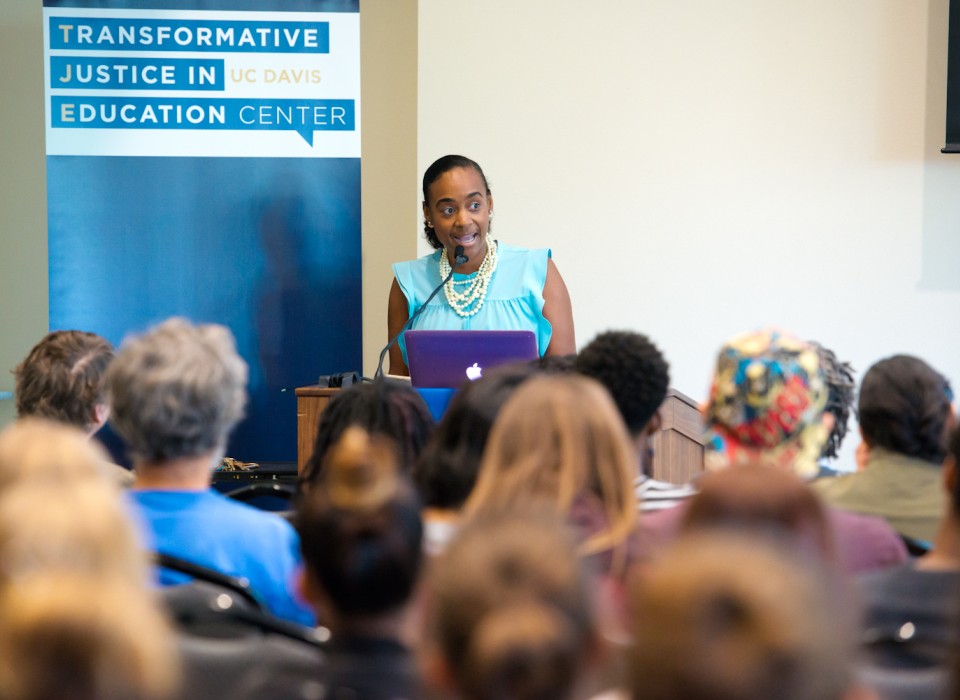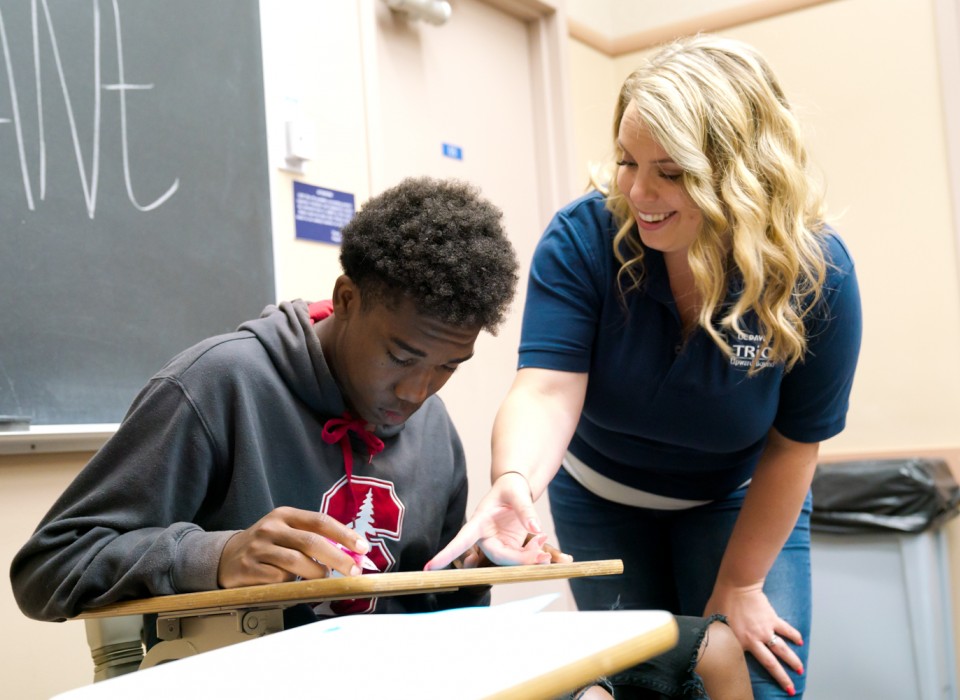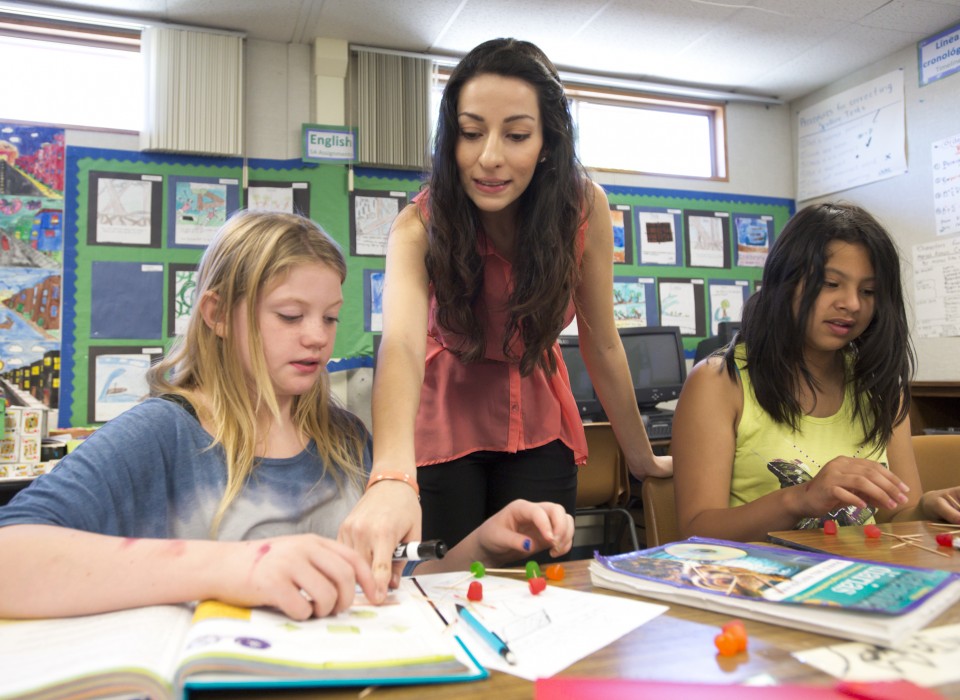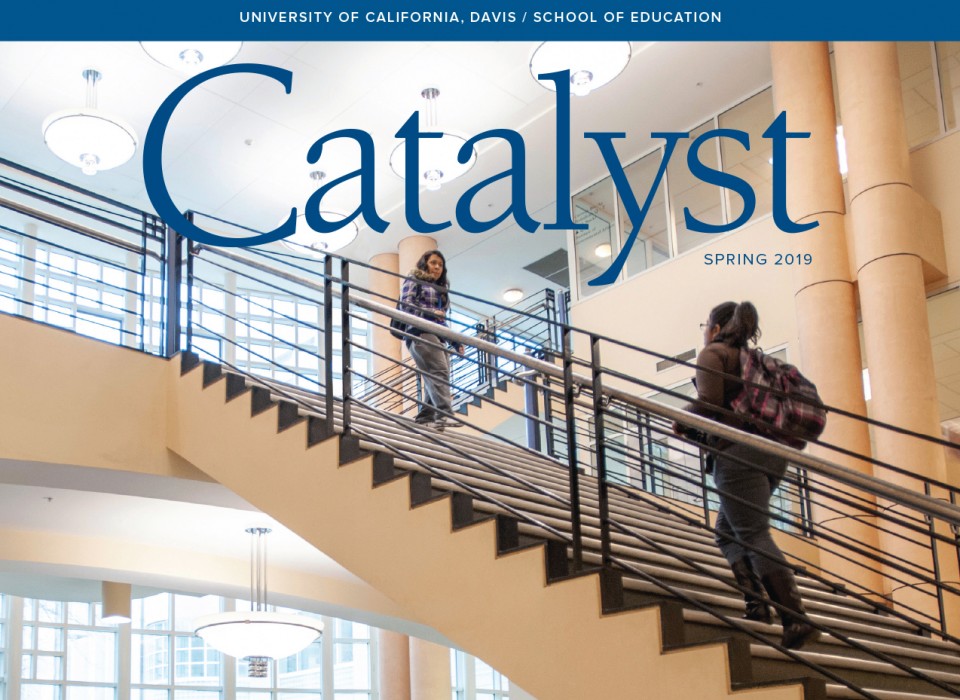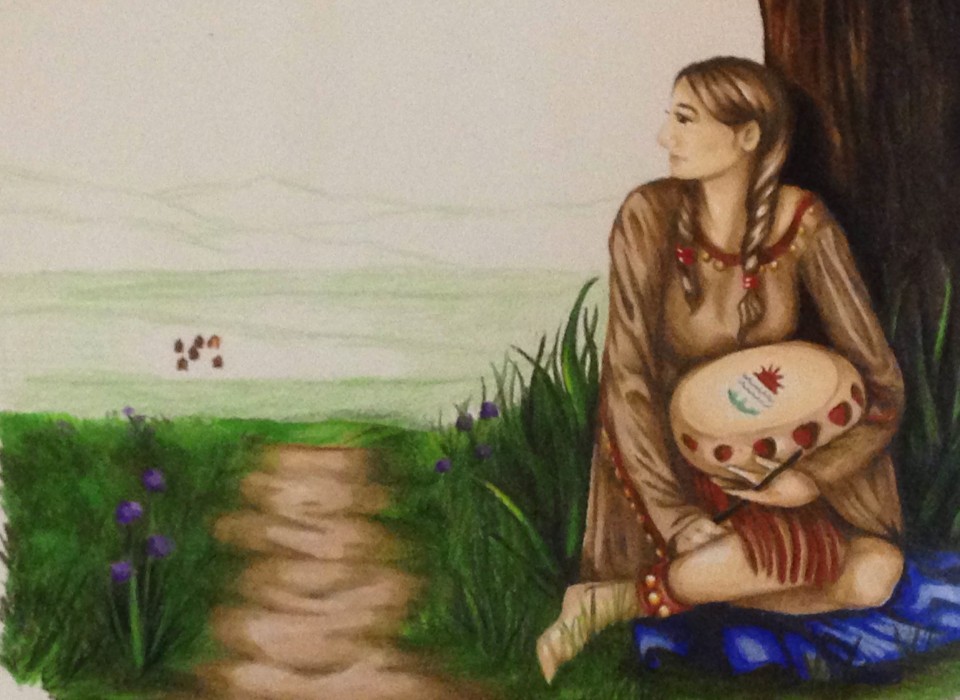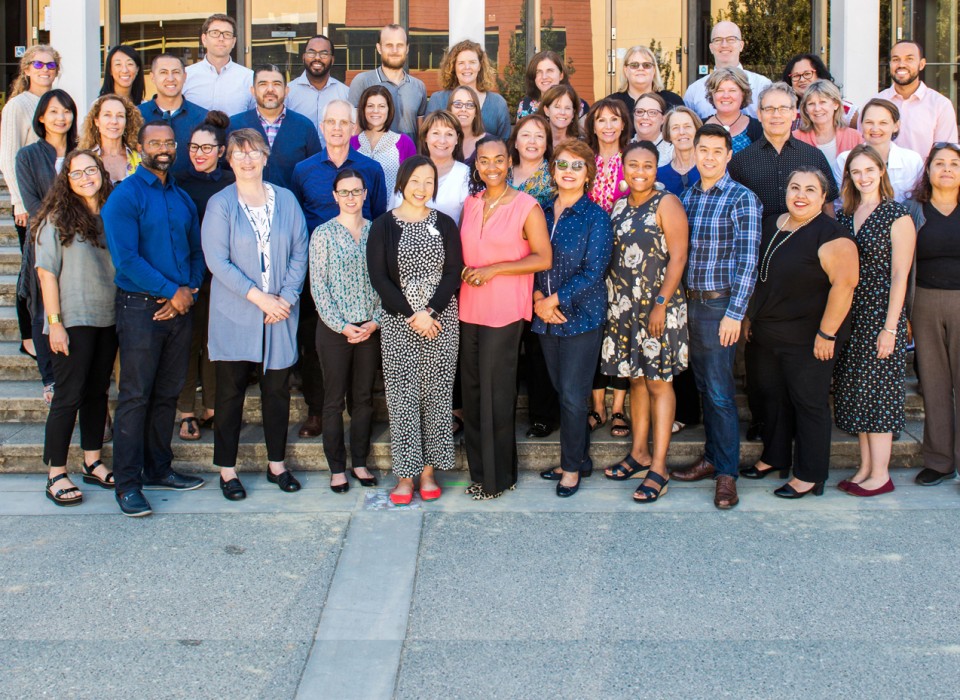CA Biodiversity Day
Yolo Bypass Wildlife Area
 On September 7th, 2019, several
members of the CCS team, including Chris Jadallah, Mackenzie
Carter, Maryam Ghadiri, and Peggy Harte, participated in the
2019 California Biodiversity Day bioblitz. We joined at the
Yolo Bypass Wildlife Area, located between Davis and West
Sacramento. Biodiversity can be thought of as all of the
different types of life on earth, from the largest mammals all
the way to the smallest bacteria. California is a biodiversity
hotspot, due to the wide range of habitats and climates across
the state. As part of the celebration of California’s
biodiversity, the California Natural Resources
Agency and the California Academy of
Sciences conducted 10 bioblitzes across the state.
Bioblitzes are events where members of the community,
naturalists, and scientists come together to record as many
species as possible in a given area during a specified time
frame.
On September 7th, 2019, several
members of the CCS team, including Chris Jadallah, Mackenzie
Carter, Maryam Ghadiri, and Peggy Harte, participated in the
2019 California Biodiversity Day bioblitz. We joined at the
Yolo Bypass Wildlife Area, located between Davis and West
Sacramento. Biodiversity can be thought of as all of the
different types of life on earth, from the largest mammals all
the way to the smallest bacteria. California is a biodiversity
hotspot, due to the wide range of habitats and climates across
the state. As part of the celebration of California’s
biodiversity, the California Natural Resources
Agency and the California Academy of
Sciences conducted 10 bioblitzes across the state.
Bioblitzes are events where members of the community,
naturalists, and scientists come together to record as many
species as possible in a given area during a specified time
frame.
The Yolo Basin was once an 80,000-acre wetland and home to a tremendous variety of species, many of which remain today. In the early 1910’s, the floodplain was converted into a bypass using a system of weirs aimed at preventing flooding in the Sacramento area. Human intervention dramatically changed the landscape, affecting wetland species and prompting ecological restoration projects. Today the Yolo Bypass Wildlife area encompasses 25 square miles of mixed-use land, including nearly six square miles of restored wetland and related habitat. For the bioblitz, participants explored the area, documenting species using cameras and cell phones. Volunteers with different ages and backgrounds scoured the grounds for identifiable plants, animals, and fungi using the iNaturalist app. This app from the California Academy of Sciences and National Geographic was designed to make documenting wildlife easy for anyone. We used iNaturalist to identify species, and everyone was able to submit their photographs to our project — Yolo Bypass Wildlife Area bioblitz. Our data also became publicly available, and can be used by scientists and land managers to understand the distribution of animals, fungi, and plants for land management and policy decisions.
 Afterwards, participants uploaded
their observations to iNaturalist and convened to review the
results. Our project had
1241 observations collected by 47 volunteers, with
255 different species identified. The most identified plants
included rough cocklebur, chickory, and field bindweed. For
animals: the most identified insect was the variegated
meadowhawk; the most identified bird was the house finch; the
most identified mammal was the river otter; and most identified
crustacean was the red swamp crayfish. While being in the
outdoors identifying different species is a fun activity,
bioblitzes also connect local people with their natural areas and
inform scientists what organisms are living where and during what
times. The CCS team had a wonderful experience participating in
the California Biodiversity Day Yolo Bypass Bioblitz and would
like to thank organizers at the Yolo Basin Foundation, along with
Alison Young and Rebecca Johnson, scientists from the California
Academy of Sciences. Alison and Rebecca are also collaborators on
our LEARN CitSci project, a four-year international research
endeavor to understand how young people develop Environmental
Science Agency through their participation in community and
citizen science. Read more about this work here.
Afterwards, participants uploaded
their observations to iNaturalist and convened to review the
results. Our project had
1241 observations collected by 47 volunteers, with
255 different species identified. The most identified plants
included rough cocklebur, chickory, and field bindweed. For
animals: the most identified insect was the variegated
meadowhawk; the most identified bird was the house finch; the
most identified mammal was the river otter; and most identified
crustacean was the red swamp crayfish. While being in the
outdoors identifying different species is a fun activity,
bioblitzes also connect local people with their natural areas and
inform scientists what organisms are living where and during what
times. The CCS team had a wonderful experience participating in
the California Biodiversity Day Yolo Bypass Bioblitz and would
like to thank organizers at the Yolo Basin Foundation, along with
Alison Young and Rebecca Johnson, scientists from the California
Academy of Sciences. Alison and Rebecca are also collaborators on
our LEARN CitSci project, a four-year international research
endeavor to understand how young people develop Environmental
Science Agency through their participation in community and
citizen science. Read more about this work here.

